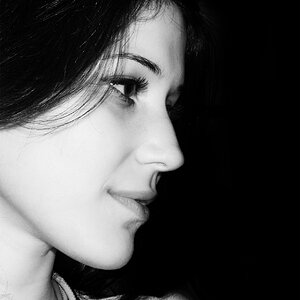Mav
TPF Noob!
- Joined
- Jan 1, 2008
- Messages
- 1,457
- Reaction score
- 2
- Can others edit my Photos
- Photos OK to edit
Alfred, what do you shoot with anyways? If your proposed solution to almost everything is to shoot in RAW and bracket which I've seen you post multiple times now then it makes me think that either you have bad photographic technique, or your camera has the most unbelievably crappy JPEG handling, or both. As if it's simply not possible to get it right in the camera the first time. YOU CAN
Some circular polarizer samples: http://www.thephotoforum.com/forum/showthread.php?t=121907
My CP filter actually reduced contrast in those photos because it was filtering out unwanted light reflections off of both leaves and water and making a far more pleasing photo. Got a bright sky and a darker foreground? Use a grad ND filter. I commonly use a 2-stop. Do you have a very contrasty scene in general? Manually lower the contrast setting on your camera, and pay close attention to your histograms on-camera. If you happen to shoot Nikon, it has Auto Contrast and will reel in contrast automatically for you. The newer ones have adaptive dynamic range (D-lighting) which when switched on handle highlights far better. I'm approaching 30,000 shots between my two Nikon DSLRs and have never had contrast issues on any of the JPEGs, and I don't even know how to use the bracketing feature on my D80, and almost never need to shoot RAW. Most of my photos look great straight off the camera and need little if any post work.
Some circular polarizer samples: http://www.thephotoforum.com/forum/showthread.php?t=121907
My CP filter actually reduced contrast in those photos because it was filtering out unwanted light reflections off of both leaves and water and making a far more pleasing photo. Got a bright sky and a darker foreground? Use a grad ND filter. I commonly use a 2-stop. Do you have a very contrasty scene in general? Manually lower the contrast setting on your camera, and pay close attention to your histograms on-camera. If you happen to shoot Nikon, it has Auto Contrast and will reel in contrast automatically for you. The newer ones have adaptive dynamic range (D-lighting) which when switched on handle highlights far better. I'm approaching 30,000 shots between my two Nikon DSLRs and have never had contrast issues on any of the JPEGs, and I don't even know how to use the bracketing feature on my D80, and almost never need to shoot RAW. Most of my photos look great straight off the camera and need little if any post work.


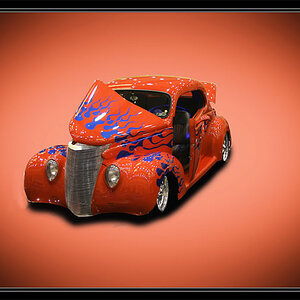
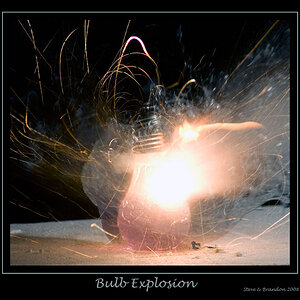
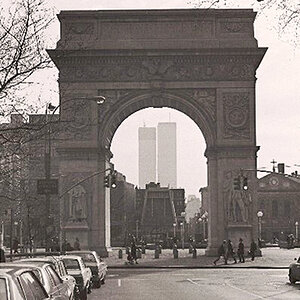
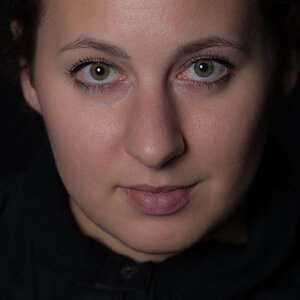
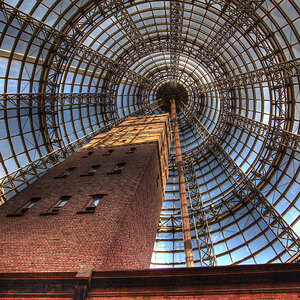
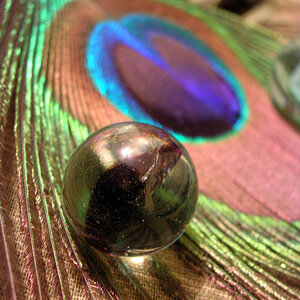
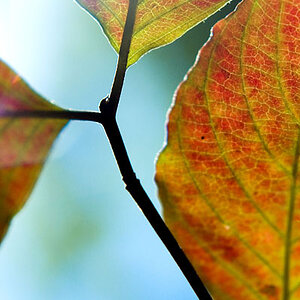
![[No title]](/data/xfmg/thumbnail/37/37110-1d5d98524f9f6a8623703161610ef439.jpg?1619737882)
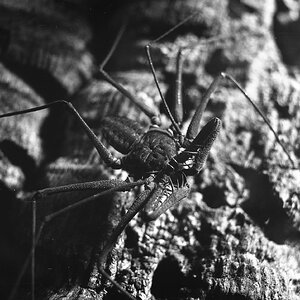
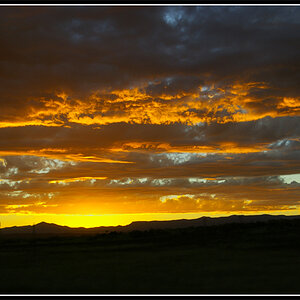
![[No title]](/data/xfmg/thumbnail/33/33447-c3f5563c9b8b1f19498a3062f60f92b1.jpg?1619735973)
